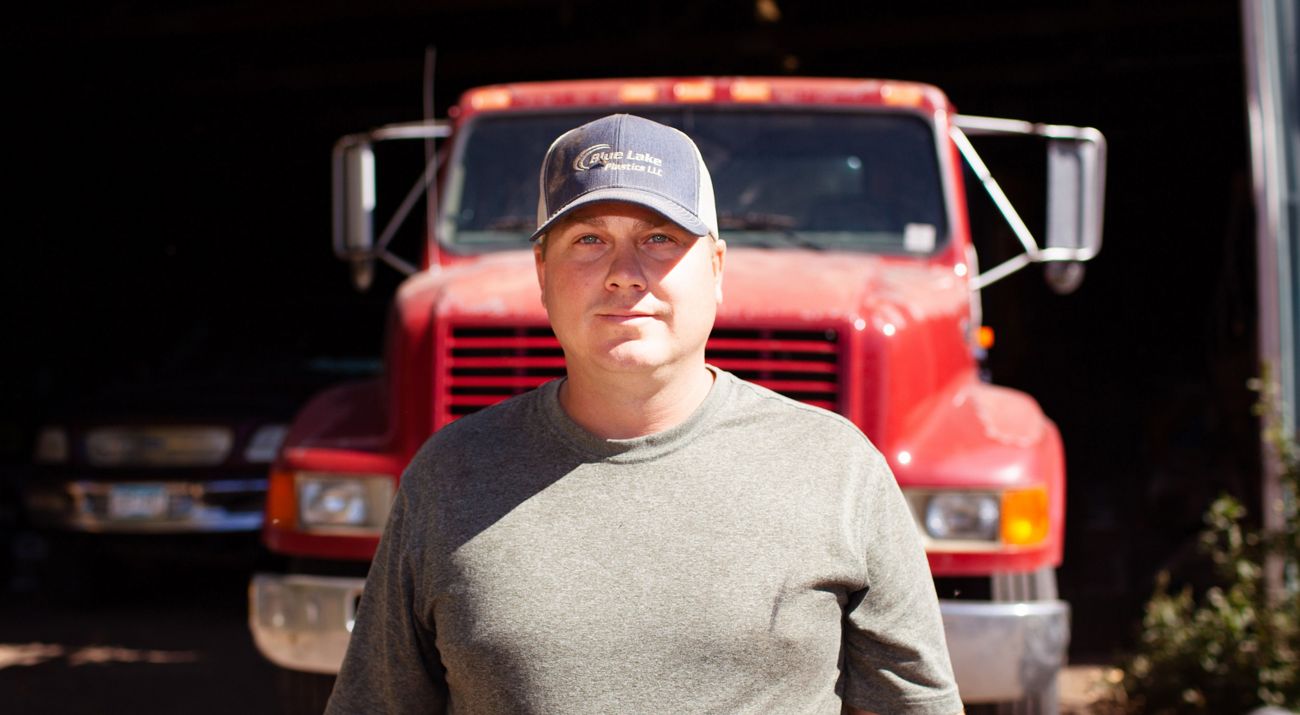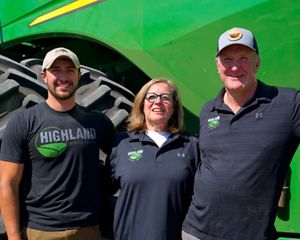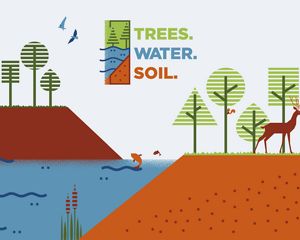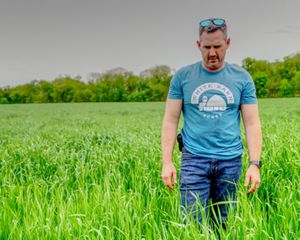Restoring Soil Health: Ryan Hough
In an effort to improve the financial health of his operation, Ryan and his brother Michael have made big improvements in the health of their soils.
Ryan Hough is a fourth-generation farmer near Barnesville in western Minnesota. Ryan and his brother Michael started farming in 2008 and together they took over their family’s farm in 2012. Today, they grow corn, soybeans, wheat, malt barley, sunflowers and alfalfa, and own approximately 800 cattle.

Hough became interested in restorative farming, which differs from sustainability in that it actively seeks to restore land, rather than just sustain it. In 2014, Hough Farms implemented no-till practices, which involve growing crops without plowing or otherwise excessively disturbing the soil. The following year, they began to plant cover crops, which provide winter feed for livestock and protect the land from erosion, and in 2016 they started to practice rotational grazing, integrating livestock into their operation. In 2019, they began the practice of mob grazing—moving their cows to different paddocks on their property multiple times a day.
The decision to pursue no-till farming and to plant cover crops was primarily motivated by financial considerations, although Hough is also interested in environmental stewardship and supports agricultural practices that are better for the environment.


No-till farming is beneficial for the environment because it reduces soil erosion, slows the rate of moisture evaporation from the soil, and improves irrigation efficiency by allowing better absorption of rainwater. No-till increases the soil’s biological activity and organic matter content, resulting in healthier soil that stores more carbon. Cover crops are helpful because they keep the soil temperature lower and keep it covered, reducing erosion and make it more difficult for invasive plants to colonize the area.
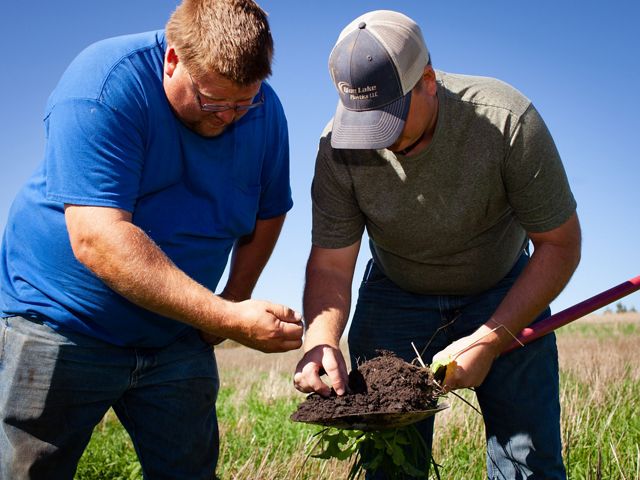
Hough chose no-till in order to save money on fertilizer and fuel. He is interested in more thoughtful use of fertilizer and points out that 100 years ago, no farmers used chemical fertilizer.
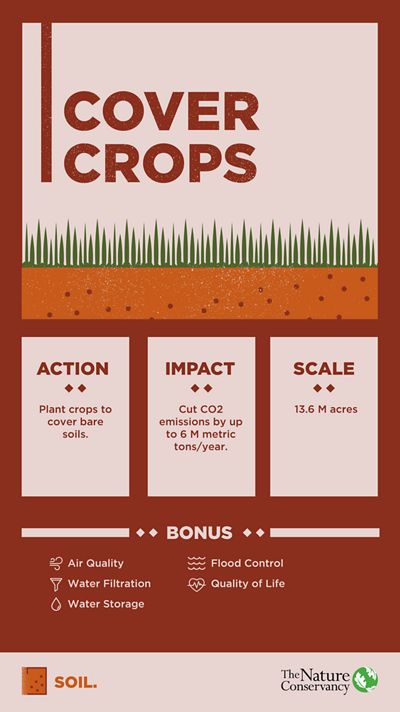
Cover crops also offer financial benefits. Hough Farms worked with the local office of the Natural Resources Conservation Service (NRCS) to obtain grants to help implement no-till farming in 2014 and cover crops in 2015. When they started grazing their livestock on cover crops, “that’s when it started to make financial sense: One plus one equals three,” Hough says. “We realized the economic benefit on livestock was far greater than we anticipated and then moved into rotational grazing in 2016.”
Cover crops can be expensive to plant, but the NRCS grant helped. In addition, Hough soon realized that the costs of planting cover crops can be offset by savings on feed. Hough plants cover crops in early August, and the cows graze on them through the winter, as late as mid-to-late January. Farmers who lack this option must switch to providing feed in October. Cover crops not only reduce winter feed costs, they reduce labor and fuel expenses related to dispensing feed.
Quote: Ryan Hough
To be honest, improving water quality wasn’t an initial driver...but it's a nice side effect.
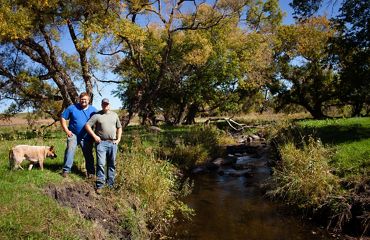
Over time, Hough started to see measurable benefits from restorative farming practices. “We’ve got ground that’s got some rolling topography,” which meant that applications of fertilizer were prone to running off the land. Now, he says, “We’re not overapplying nitrogen. We’re not fertilizing as much anymore, and our soils are better. The levels of organic matter are higher with all the changes we’ve made.”
The farm includes two miles along Whiskey Creek. Hough believes that water quality in the creek has likely improved from reduced nitrogen use on his fields. “To be honest, improving water quality wasn’t an initial driver” for his decision, he says; rather, he was interested in spending less money on fertilizer. “But it’s a nice side effect.”
Want More Stories?
Get new stories and timely action alerts so you can speak for our trees, water and soil.
Sign upFarmers in the area were initially skeptical of restorative farming practices. They were critical of the changes at Hough Farms. Hough describes himself as not being on the leading edge, but “on the blade.” He is open to ideas and approaches that will make his farm more profitable and the land he farms healthier. Now, some of the farmers who were skeptical of no-till and cover crops have hired Hough to help them adopt similar practices on their farms.
